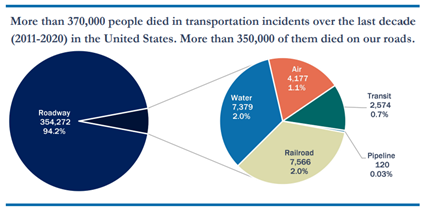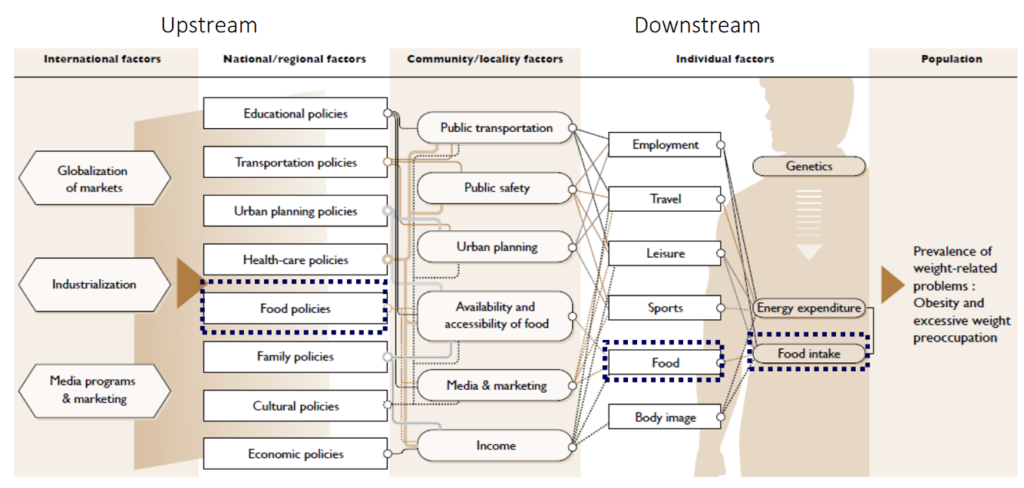New Report: 2024 State of Children’s Health Finds Uninsured Rates for Pennsylvania Children Stable, Yet Remains Too High

The number of uninsured children in Pennsylvania remains stable following last year’s unwinding of the Medicaid continuous coverage provision, but no progress has been made, according to our 2024 State of Children’s Health report. The report provides the first look at the impact of resuming Medicaid renewals following a three-year federal hiatus during the COVID-19 public health emergency.
Between 2022 and 2023, the rate of Pennsylvania children without health insurance remained steady at 5.2%. However, steady rates do not mean progress. Too many children live in Pennsylvania without access to health insurance. The number of Pennsylvania children under age 19 without health insurance increased slightly from 145,000 to 147,000 from one year ago.
According to the report, factors such as age, race and ethnicity, and poverty level impact children’s access to health insurance. Demographic highlights include:
- Children under 6 are more likely to be uninsured (5.6%) than school age children (5.1%).
- Uninsured rates improved for American Indian and Alaska Native children and White children. Uninsured rates worsened for Asian children, Black children, Hispanic children, and children of multiple races.
- Children in lower-income families are more likely to be uninsured, and approximately 6.8% of PA children are financially eligible for Medicaid but not enrolled.
Accompanying fact sheets for each of the 67 counties show the local uninsured rate, race and ethnicity profiles, and public health insurance enrollment data.
The report finds that Medicaid, CHIP and Pennie remain significant sources of coverage with approximately 47% of Pennsylvania children relying on those programs’ health plans to meet their health care needs. A growing concern is that the Pennie
remain significant sources of coverage with approximately 47% of Pennsylvania children relying on those programs’ health plans to meet their health care needs. A growing concern is that the Pennie “no wrong door” policy may not be working as intended since more than half of children enrolled through Pennie
“no wrong door” policy may not be working as intended since more than half of children enrolled through Pennie appear financially eligible for Medicaid or subsidized CHIP programs.
appear financially eligible for Medicaid or subsidized CHIP programs.
While the Medicaid unwinding process did not cause significant disruptions to children’s coverage in 2023, we will know next year if there were disruptions in 2024 as the process wrapped up in June.
Approximately 8 out of 10 children with renewals completed within Medicaid unwinding maintained public coverage. However, procedural disenrollments occurred too often with 42% of children disenrolled due to administrative reasons, not eligibility. To counter this trend, the report recommends that the state improve its poor track record of using automated “ex parte” renewals instead of enrollees submitting renewal applications.
The report also recommends strengthening the state’s continuous eligibility (CE) policy and supports DHS’ plan to provide continuous eligibility to children from birth until age 6. In a big win for kids, DHS has received federal approval last week of its plan to provide Medicaid continuous coverage for Pennsylvania’s youngest children, which is expected to start in January.
To help ensure no child is disconnected from care and to keep down costs for families and the state, the report recommends that Pennsylvania:
- Strengthen automated renewals
- Provide continuous coverage to young children
- Improve PA’s ‘no wrong door’ policy
The post New Report: 2024 State of Children’s Health Finds Uninsured Rates for Pennsylvania Children Stable, Yet Remains Too High appeared first on Pennsylvania Office of Rural Health.
Recommend0 recommendationsPublished in My Healthy Pennsylvania, Rural Health PA








